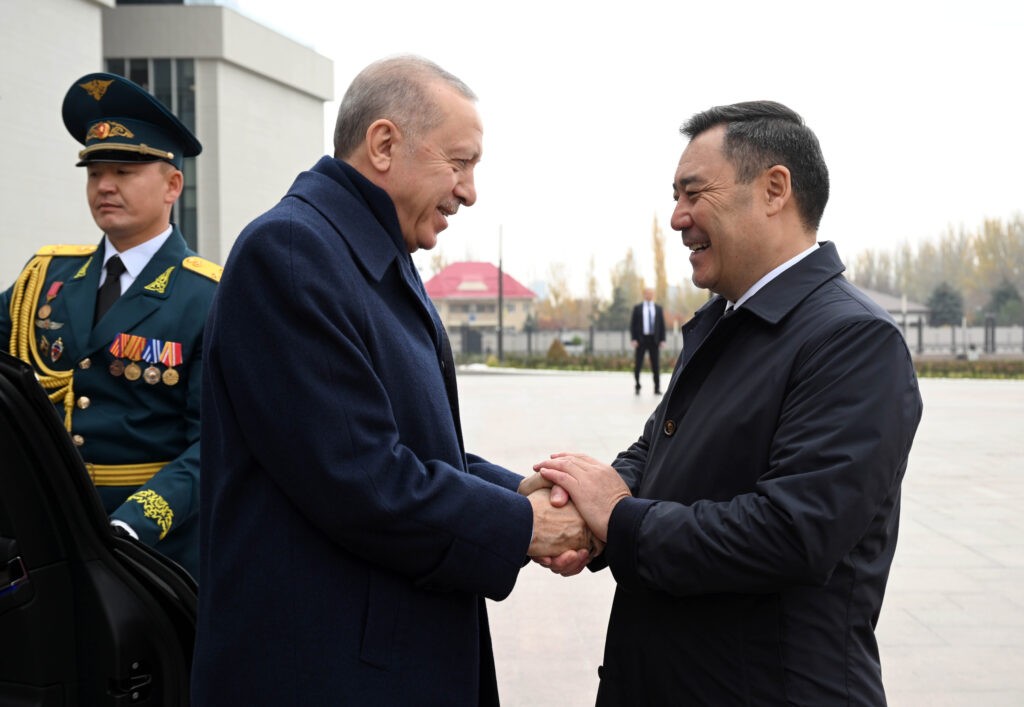Uzbekistan’s Debt to Russia Climbs Amid Rising Regional Loans
Russia’s foreign lending surged to over $30 billion in 2023, the highest level since 1999, with Egypt, Bangladesh, and India receiving the largest new loans. Uzbekistan also saw a notable rise in its debt to Russia during the year. Uzbekistan’s debt to Russia increased by $41.3 million in 2023, contributing to the overall growth in the country’s financial obligations to foreign lenders. Russia’s Top Debtors Belarus remains Russia’s largest debtor, with $7.75 billion in loans, accounting for 25% of Russia’s total foreign lending. Bangladesh follows with $6.6 billion (22%), and India ranks third with $4.1 billion (14%). Other significant borrowers include Egypt, which owes $3.3 billion (11%), and Vietnam at $1.4 billion (5%). Egypt experienced the largest debt increase in 2023, with an additional $1.45 billion borrowed from Russia. Bangladesh and India saw increases of $745 million and $363 million, respectively. Afghanistan’s debt to Russia grew by $19.9 million, while smaller increments were recorded in countries like Zambia, Yemen, Sri Lanka, Ecuador, Sudan, and Moldova, which collectively added $26.54 million in debt. Uzbekistan’s Broader Debt Outlook As previously reported by The Times of Central Asia, Uzbekistan’s public debt is projected to reach $45.1 billion by the end of 2025, equivalent to 36.7% of the country’s GDP. By the end of 2023, public debt is expected to stand at $39.7 billion. The Uzbek government’s budget for 2025 highlights significant fiscal commitments, with 52% - amounting to $27.02 billion - allocated to social programs, reflecting the government’s emphasis on social spending.






